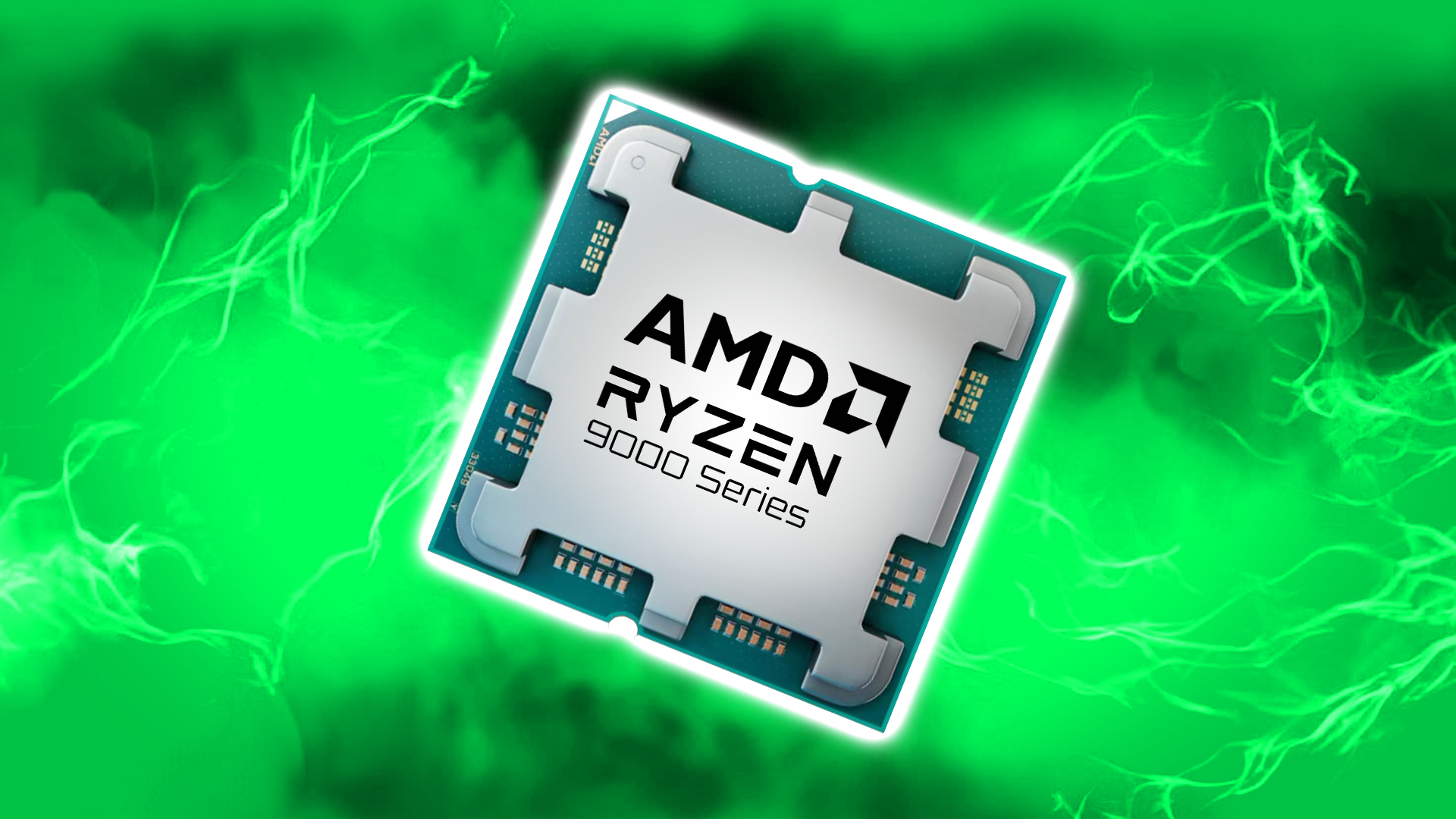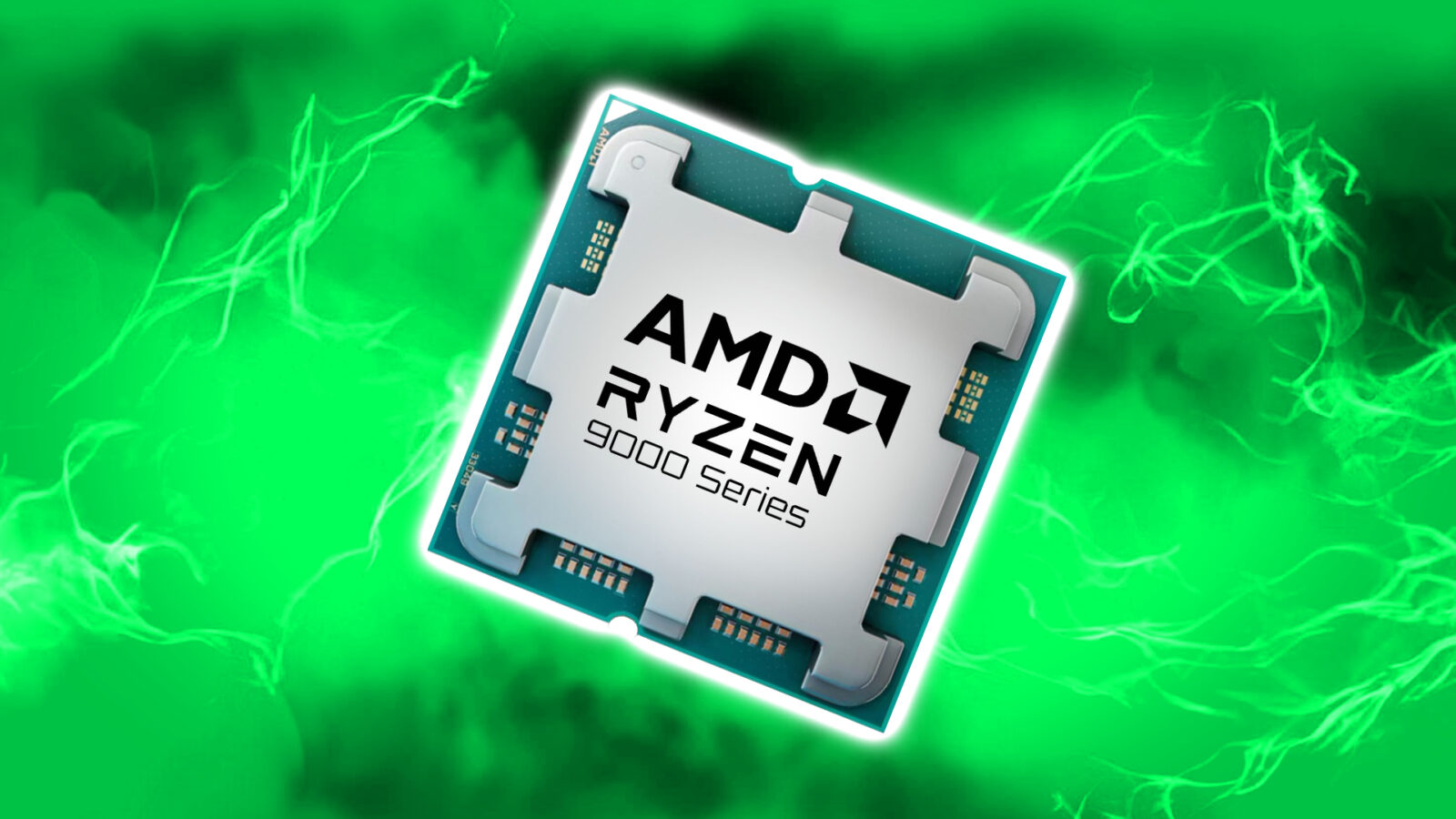
New AMD Ryzen 9 9950X3D and 9900X3D gaming CPUs could have been produced with even better specs, but to do so would have made them far too expensive. That’s according to AMD, who stated at CES this week that its new Ryzen 9000X3D series only has a single 3D V-Cache, rather than a long-speculated dual configuration, to keep them cheap enough to make and sell for gamers.
The inclusion of the 3D V-Cache into Ryzen CPUs has given AMD the edge over Intel in recent years, when it comes to gaming performance, with its flagship models regularly reaching the top of best gaming CPU charts. However, while it makes sense for the likes of the AMD Ryzen 7 7800X3D to only feature a single 3D V-Cache – as that chip only has one CPU die – higher-end models that use two CPU dies could in theory host two cache dies, yet AMD has chosen not to implement this option.
In an interview with German tech site HardwareLuxx, AMD confirmed that there isn’t a technical limitation that prevents a dual 3D V-Cache being used in Ryzen CPUs. Instead, it’s all down to cost, as it would “simply be too expensive” to produce and sell.
AMD also believes that “games would not benefit” from having a 3D V-Cache on both chiplets because the potential performance boost is essentially already provided by the single additional 64MB 3D V-Cache die. There would be a benefit in some situations but not enough that the extra cost of manufacturer and to customers would be worthwhile.
According to HardwareLuxx’s report, AMD has “repeatedly considered” producing Ryzen X3D CPUs with 3D V-Cache on both chiplets, but continually come to the conclusion that production and likely retail cost wouldn’t be worth it.
While AMD has tweaked the layout of recent X3D chips to improve thermal performance, it looks like a Ryzen X3D CPU launch with two larger caches isn’t going to be in the pipeline, at least for now.
That doesn’t mean these CPUs are likely to underperform, however. During the 9900X3D announcement at CES this week, AMD suggested that the new CPUs will continue to outpace Intel, with the 9950X3D set to be 20% faster than the Intel Core Ultra 285K and within 1% of the performance of the 9800X3D in games. We’ll have to wait until these new X3D CPUs launch, sometime in Q1 2025, before we can test that theory out for ourselves.
In the meantime, check out our AMD Ryzen 9800X3D review to see just how well these X3D CPUs perform in the real world, with the 9800X3D offering the best performance for gaming that you can find right now.












Leave a Reply